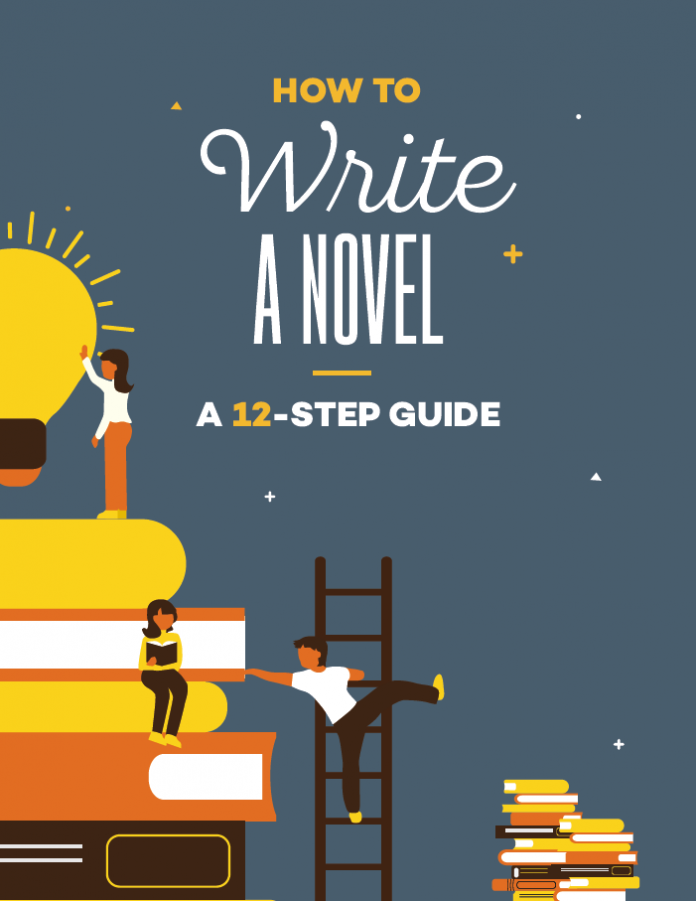A few weeks ago, I received an email from a reader in which he told me that he always comes up with ideas for short stories but, when trying to write a novel, he could not make the story long enough and was halfway between the book and the story.
As I found it an exciting topic, I have thought about sharing the tricks that I gave him, hoping that they will help you if you find yourself in a similar situation. Let’s see what you think:
Define the characters to write a novel

Prepare some sound files on the main characters (their biographies, lives, characters they relate to, work, etc.). Build the universe and the environment in which they move. The more complex it is, the easier it will be to find other exciting things to tell about them, adding greater depth to the plot.
Develop subplots
In the short story, there is usually a single plot, a single main event. In the novel, however, there is the main plot and other secondary ones that can serve to reinforce or complicate the first and influence the general idea of the novel or help characterize characters.
Look for subplots that help you build an entirely fictional universe. Where to find them? For example, rummaging through the character sheets and thinking about which subplots would help you complement the main one.
Plan the work
It is what I usually advise all those who are new to novel writing. Short stories allow greater flexibility, but the novel is a job that generally takes months, and it doesn’t hurt to have a roadmap that helps you not get lost along the way.
It is not that everything is very prepared before writing it. You can leave some room for improvisation if you want, like creating several alternative endings to keep surprising you as you develop. But, as a general rule, the more you plan your novel, the easier it will be to finish it.
In case you are interested, the steps that I use for planning are the following:
-
The main idea of write a novel
. I try to define in one or two sentences what I would like to tell with that story. This may change later, but it helps me as a starting point.
-
Summary of the idea.
-
Summary of characteristics
. For example, the time it occurs, the tone, the place where it takes place, etc. At this point, I begin to realize how much research I will need for the play.
- A more extended summary of the main plot.
This may take me at least a couple of weeks, but I dedicate myself to developing the main story in what turns out to be a sheet or two. I make a list with all the steps that will have to go through to get from the beginning to the possible endings (having several alternative endings, in addition to keeping us intrigued while we write it, helps us to make the end not predictable for the reader) and then I am creating the summary. -
Characters and subplots
. I create the character files from point four, document myself if necessary, and make the subplots and summaries.
-
Documentation of write a novel
Once the story is roughly built, the decisive phase of documentation or research begins (although you may have already had to resort to it in some of the previous points).
This pre-writing phase can cause us to discover new things that affect the plot and the characters, so it is possible that some of the elements already created will have to be remade. But that’s the exciting part of building a work of fiction. You know how you start, but you never know how you end.
-
Structure.
When I have the definitive story, I move on to the next phase and write a step-by-step list of the chapters or scenes that the story will have, summarizing what happens in each of them with about two or three sentences. It is not pervasive, but it is time to decide which parts to leave in and stay out.
Although it sounds very close, it is not at all. I know that I will have to alter some of these scenes during the writing because they do not work as I thought or because there is a better way to think about it. This structure is just a rough draft, a starting point to guide me.
-
First draft.
With all the material in hand, when I feel convinced and believe that it works. I embark on the adventure of the first draft. What happens from there depends on each writer and each story.
Also Read: How to remove gel polish
